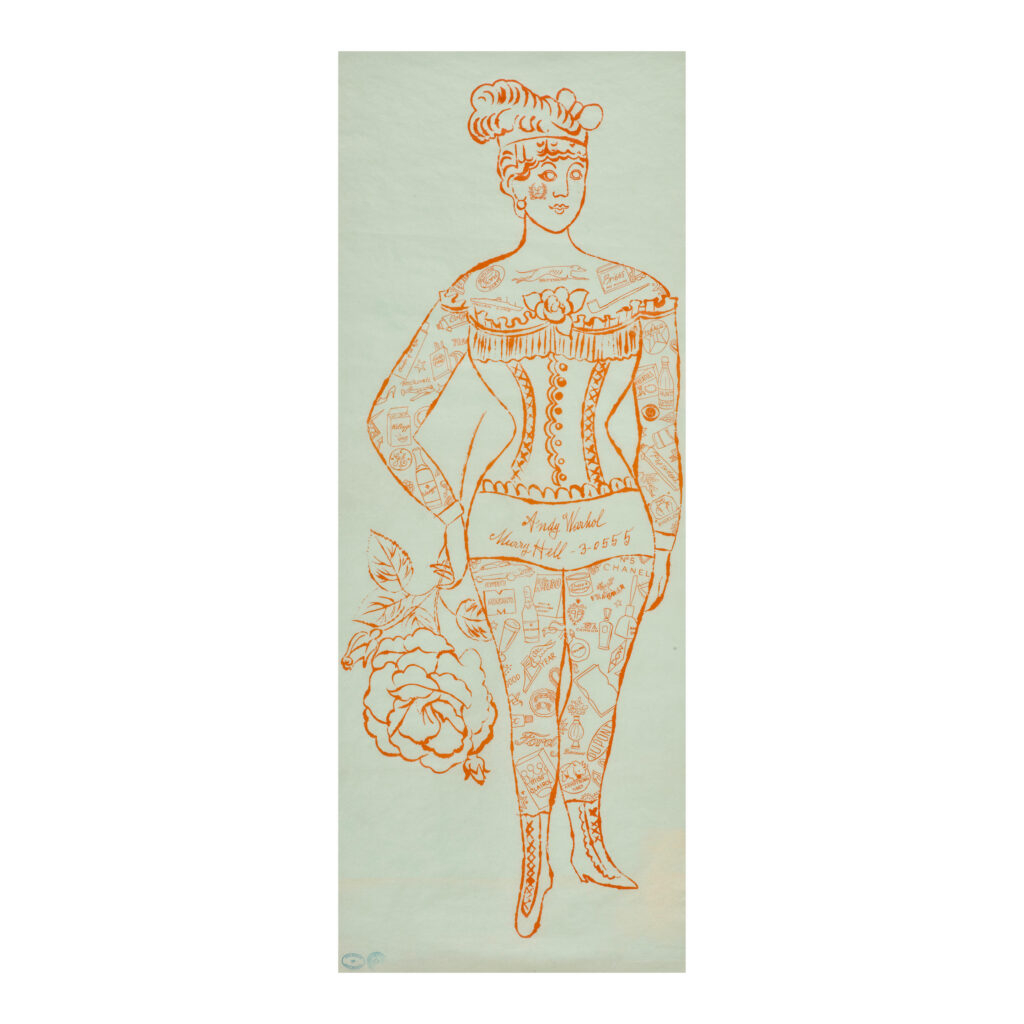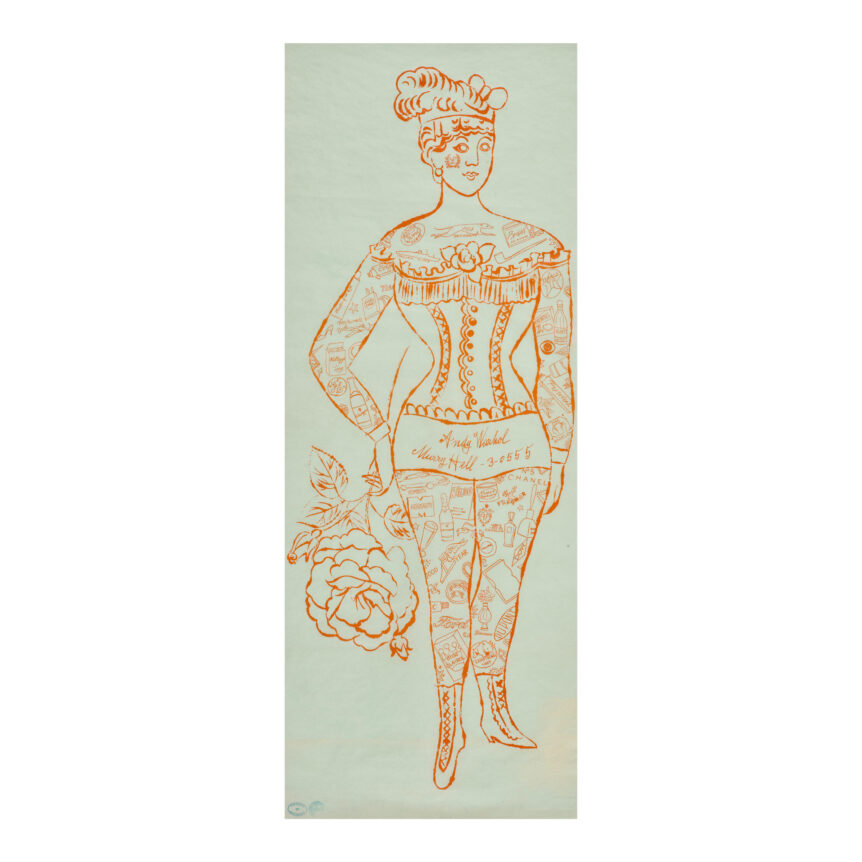Chance Encounter
It was 1955, and young Patricia Mary McCullough was seated at the desk where she had been recently hired as a fashion illustrator for the New York luxury department store, B. Altman. From her office in Manhattan, McCullough would sketch the fashions of the day onto the bodies of slim, graceful models. Young illustrators of the period—especially the few who were women—were taught not to color outside the lines, so to speak, and McCullough was no exception. But, she did appreciate those who could, and did, break the mold.
McCullough’s concentration was broken that day when a young man wandered into the office holding some papers. His erratic manner drew everyone’s attention. He beelined for her director’s desk as everyone watched, presenting him with his resume, but not staying long enough to receive a reaction. As hastily as he entered, he was gone. The director emerged, frazzled by the encounter, from behind his desk and handed the “resume” to McCullough, saying something to the effect of, “Kids these days will never get a job.” It was unlike any resume she had ever seen: when unfolded, it measured eleven by twentyfour inches. In orange woodblocked ink it depicted a stylized tattooed lady, adorned in corporate logos. The illustrator and printmaker who had delivered it was young Andy Warhol.

Her boss wanted to throw the drawing in the trash, but McCullough liked it and kept it. After eventually leaving B. Altman, she married, became Patricia Stevenson, had four children, and relocated to Charleston, South Carolina.
One day, she was cleaning out her home art studio and found the print in an old portfolio, exactly where she had left it in 1955. Her son Neil Stevenson, now an architect in Charleston, recalls, “On the tattooed woman’s abdomen, there was a signature and phone number: Andy Warhol, Murray Hill 30555.” He credits his mother with saving the piece from oblivion.
Examples of the “tattooed lady” resume are not exactly scarce: in his eager youth, Warhol distributed as many as he could, usually folded up for portability. They are now known as Warhol’s “calling cards,” the precursor to his early work in fashion. His whimsical illustrative style would go on to make waves in the industry, appearing in Vogue and Glamour magazines. Over the years, he evolved into the counterculture hero we know today, reproducing silkscreened soup cans and shooting bleak celebrity Polaroids from his notorious Factory studio in Manhattan—not far from where he scrambled across Patricia Stevenson’s path in 1955.
Though examples of Warhol’s calling card have been offered in recent years by Bonhams, Sotheby’s, Swann, and Roseberys, it’s uncertain how many examples actually survive. It’s likely that many ended up in the paper shredder, though Neil Stevenson recalls that his mother did not view her chance acquisition as a particularly insightful act: “she simply thought it was amusing.”

